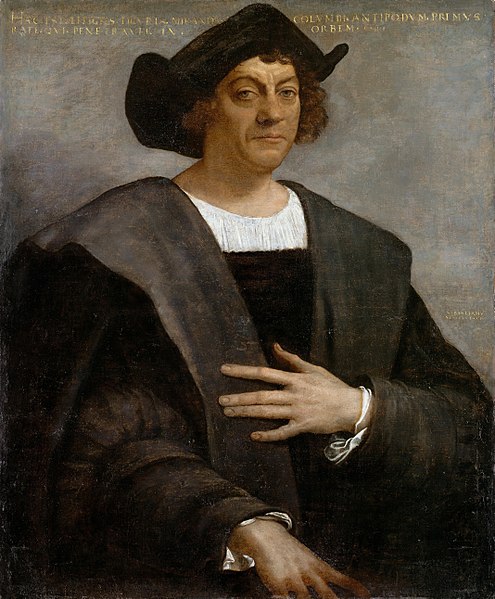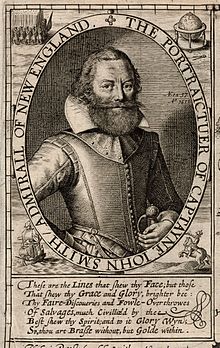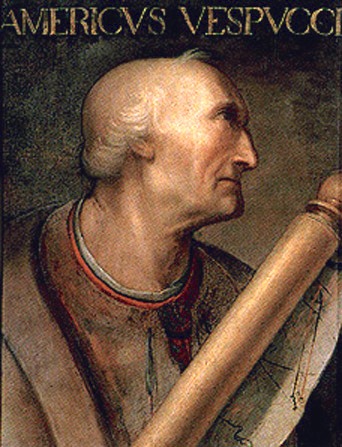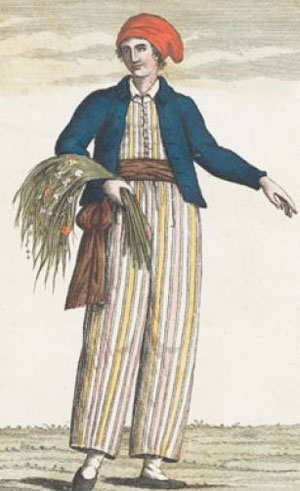The 15th and 16th century was a magnificent but controversial period of time in history which saw the shift from medieval times to the modern era. And this period also highlighted mankind’s craving for adventure and discovery it also allowed distant continents to be recorded for the first time and proved that Earth is round. The Age of Exploration also increased the trade between nation and it marked the beginning of globalization. But all of that would not be possible if it’s not for the brave souls of the explorers and voyagers. That’s why in this article, we will list down the greatest maritime explorers in history.
1. Vasco De Gama
Vasco De Gama was the first person to link Asia and Europe over sea routes. He is probably the most iconic person in maritime exploration. He was the first person to sail the Cape of Good Hope in India when he was tasked to find a profitable trade route through the Indian Ocean by King Manuel I. His explorations to the East led more sea voyages from all over Europe. He also reached Calicut, now known as Kozhikode, in Kerala. It known is the most significant event in Imperial history.
2. John Cabot
John Cabot was an Italian explorer who set out in the footsteps of Christopher Columbus to discover a route to Asia through sailing west. In 1497, he discovered the coast of North America under the command of Henry VII of England. It is the earliest known European exploration of the coast of North America.
Cabot embarked on a great and ambitious voyage in 1498 with the goal of discovering Japan. A fleet of ships that has over 300 men set sail. But one vessel was forced ashore Ireland and the expedition’s fate was never known. There were theories that Cabot was lost at sea, but some said that he landed in Canada and successfully came back to England.
3. Christopher Columbus
Christopher Columbus was not the first European to set foot in the New World. He was always regarded as the man who discovered America, an accidental find which shaped the modern world. His early seafaring days led him to Portugal where he failed to gain royal support and he also received the same refusal in France and England which led him to Spain where his venture was backed by the King and Queen of Spain. After two months of sailing, his three-ship flotilla docked on an island in the Bahamas which Columbus named San Salvador where he assumed himself to be in Asia. He paid repeated visits to the western land and found himself in South and Central America. He died in 1506 after suffering from a heart attack but he never set foot in Asia.
4. Francis Drake
Francis Drake is known to be the first Englishman to circle the Earth. But despite of this, he was a controversial character, he was a slave trader to some, a hero, and a pirate to others. In 1567, Francis Drake had been part of a slave trade mission that was almost wiped out by the Spanish forces. In 1577, when Drake earned his knighthood, he was dispatched by Queen Elizabeth I on a voyage against Spanish outposts in the Pacific Ocean. After that, he sailed a course through the Straits of Magellan which made him the first Englishmen to do so.
5. John Smith
John Smith was a British explorer and soldier who sailed the seas at an early age after his father’s death. John Smith was knighted several times by a Transylvanian prince after he killed and decapitated Turkish commanders in a series of duels. In 1607, he embarked on a three-ship expedition which established a settlement at Jamestown. But after a series of unfortunate events like inadequate food supplies and a widespread disease, more than half the men in Jamestown had died. This event led John Smith to explore the Chesapeake Bay where he later named the areas around Massachusetts Bay and Maine “New England” before dying in 1631.
6. Ferdinand Magellan
Ferdinand Magellan was the first man to set foot on a journey to go around the world and search for sea routes which will help others to navigate the Earth as well. He was also the first person who reached the Pacific Ocean and find his way through South and North America in a waterway where its called as the Strait of Magellan.
7. George Vancouver
George Vancouver was an English-born explorer who joined the Royal Navy when he was just thirteen years old. He was chosen to serve as a midship man on James Cook’s second voyage aboard the HMS Resolution to the southern hemisphere from 1772 to 1775. When he became an officer after he returned to England, he decided to set out on an epic four-and-a-half year expedition to chart America’s northwest coast from Oregon to Alaska. His expedition was the longest mapping exercise of its kind ever taken.
8. Amerigo Vespucci
Amerigo Vespucci explored most part of the eastern coastline of South America. He also discovered that it was not linked to Asia and that it was not as small as everyone thinks at that time. That is why the continent of America is named after this Spanish explorer. He also embarked on a journey from Spain and Portugal where he discovered the mouth of Amazon.
9. Jeanne Baret
Jeanne Baret is known to be the first woman to go around the world. She was a French botanist who disguised herself as a man and enlisted herself as a valet of naturalist Philibert Commercon on the ship of captain Louis Antoine de Bougainville. Information about this courageous sailor was not known until John Dunmore published the first English biography of Jeanne Baret in 2002.
10. James Cook
Captain James Cook led three voyages to the Pacific Region and mapped out Newfoundland. On his three voyages, he discovered Australia, New Zealand, and Hawaii. Captain James Hook traveled to all the seven continents, sailed all the oceans, and crossed both the poles. That’s why they said that no other explore r had traveled as extensively as Captain James Cook.








